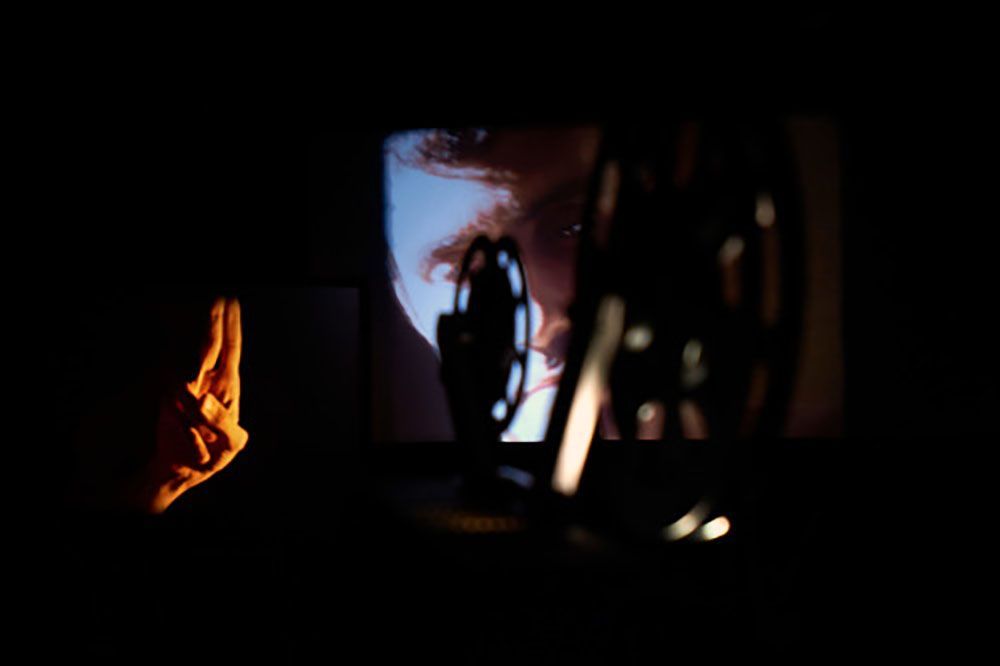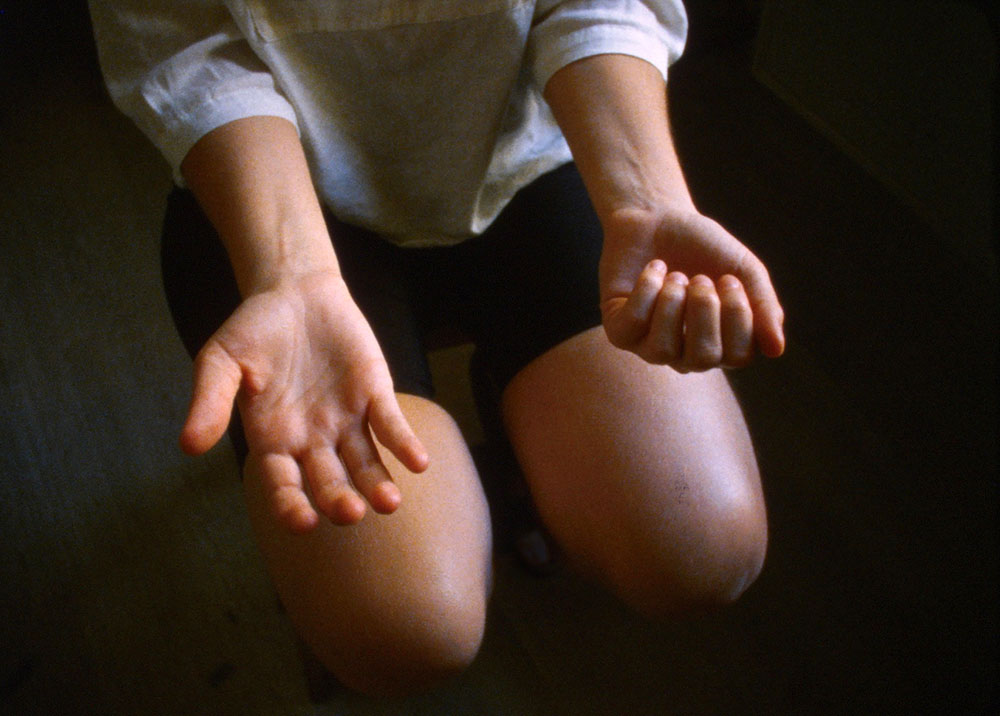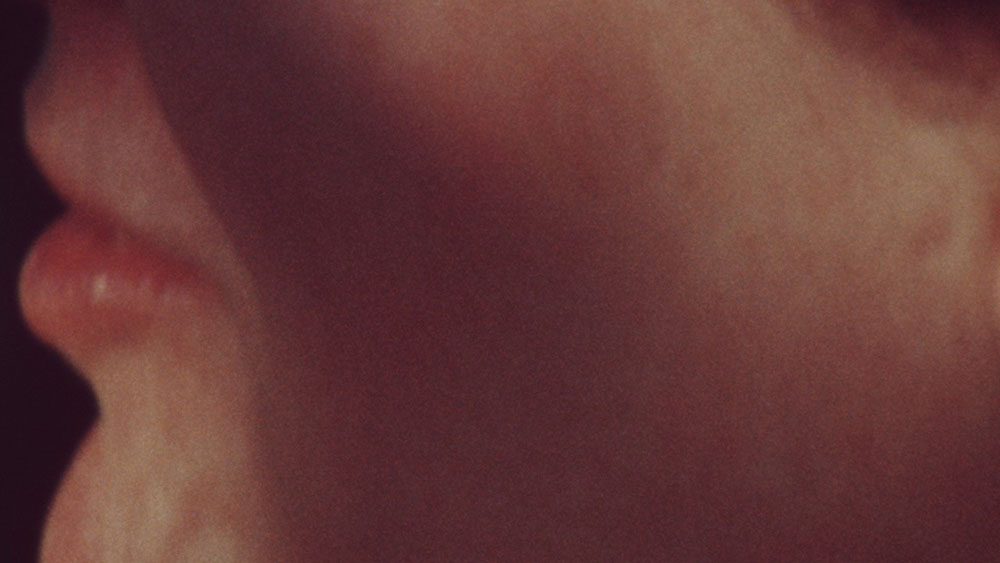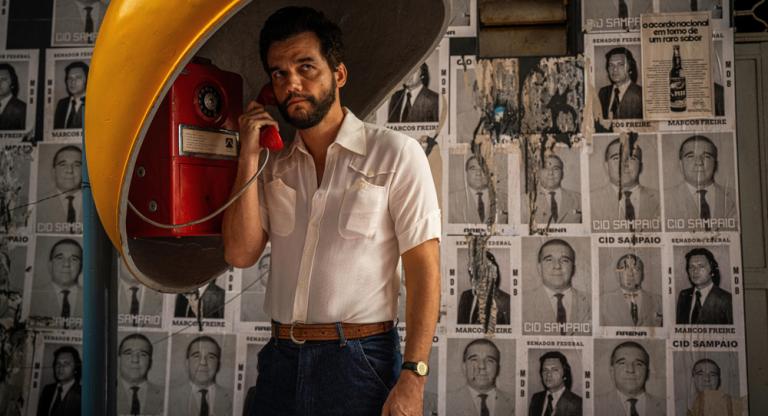This weekend at the Museum of the Moving Image and Anthology Film Archives, Revista Lumière editors Carlos Saldaña and Francisco Algarín Navarro will personally present three programs comprising 33 films by various filmmakers working in Spain at the Museum of the Moving Image and Anthology Film Archives, spanning a rich 15-year period.
With “Colección Privada: The Super-8 and 16mm Scene in Spain,” Saldaña and Algarín Navarro have assembled a robust case for the variety and strength of personal analog filmmaking traditions in their home country. Incredibly, all 33 works will be screened on film, with 24 from reversal originals, turning an event that is already cause for celebration into an unmissable jubilee.
This afternoon, the Museum of the Moving Image will present a special three-film screening of works on the longer side: the 45-minute Healing Ray (2021) by Jorge Suárez-Quiñones Rivas, the 14-minute Ver piedras / Signos de sol (1988–2014) by Juan Bufill (both North American premieres) and the half-hour fuegofocfire (2020-23) by Valentina Alvarado Matos & Carlos Vásquez Méndez, a world premiere with live sound. Both Healing Ray and fuegofocfire involve multiple projections. In the former, Suárez-Quiñones Rivas renders a cosmic tapestry of light, vision, and healing hands through a simple sensuality, and meditating protagonist. Bufill’s film is populated by rocks and waves, an in-camera edit mimicking the kinetic frenzy of these elements slapping against one another. Meanwhile Matos and Méndez assemble a relaxed collage of the direct power behind light; fire in various forms, alongside its physical transformative properties. Presented together, these films create a loose trilogy of the elements.

Tonight, “Colección Privada” moves to Anthology Film Archives for a program called “Free Verse,” the entirety of which is projected at 18 frames per second. Whereas a filmmaker like Nathaniel Dorsky records motion on 16mm film at 24fps and subsequently projects it at 18fps for a slow-motion, ethereal effect, the works here are largely Super-8, and natively shot at 18fps, rendering projection at the same speed often jumpy and hectic. The program opens with Argentinian filmmaker Pablo Marín’s Denkbilder (2013), set across Berlin and Buenos Aires: a pulsing visual amalgam of remembering one’s travels, flurried thoughts running in all directions and atop one another through multiple exposures.
Blanca García (a former co-editor of Revista Lumière) will be present to speak about her four-part portrait film ipsae (2021), which one can consider “either as four individual portraits, two diptychs or one single film.” Each of the four Super-8 cartridges serves as a portrait of a woman close to her, and is subtitled accordingly (Abi, Guillermina, Maria, and Andrea). ipsae iii and iv are world premieres.
Also in attendance is Jorge Suárez-Quiñones Rivas, who recently completed another round of filming in Japan, presenting three rolls of Super-8 excised from the larger Twelve Seasonal Films (2020). Employing four different film stocks—one for each season—the series offers delicate meditations which oscillate between rhythmic strategies.

Tomorrow’s program, also at Anthology, is titled “Species of Spaces.” Images from these films cover nearly every arrangement of editing style and visual interest known to the avant-garde, ranging from a durational study of the single-composition Many Eyes, Many Centers, Moving (2022) by María Pipla, to the constant single-frame flurries that make up Ana Pfaff’s Pomell de Flors Espirituals (2011). Then there is Céline Latil’s Lx Visages (2022), which blends a Warholian interest in the complexity of the repeating pattern that is the human face with a penchant for multiple exposures and montage that combine different faces (sometimes only half lit as an organic means of masking) to uncanny effect.
“Species of Spaces” closes with a particularly strong three-film set. Deneb Martos & Pablo Useros’s White Screen (for Amy Halpern) (2022) pays tribute to the avant-gardist who passed away last year, and opens with a remarkable stop-motion sequence that rapidly alternates shallow focus between extremely close and more distant flora—a lush and inspired execution reminiscent of Pablo Mazzolo’s Green Ash (2019). Unabridged Maneuver (2022), by Bruno Delgado Ramo, plays like a condensed and updated maritime variation on Robert Beavers’s From the Notebook Of… (1971), with Ramo turning the Bolex turret mid-shot, crafting a handsome edit, and filming a portrait of the filmmaking process as he takes notes, takes light meter readings, and wanders in and out of the frame. By closing the whole of “Colección Privada” on one last Juan Bufill travel song, Saldaña and Algarrin send us off with a prayer, back into the world a little stronger than when we last met it. Arquitectura 3. Puente (2004) slowly slides into sunset and darkness; the faintest glimmering light struggling to keep afloat on the black water’s dance.
“Colección Privada” opens this afternoon, May 13, at the Museum of the Moving Image and continues tonight and tomorrow at Anthology Film Archives, with all work shown on celluloid. Several of the filmmakers will be in attendance.



